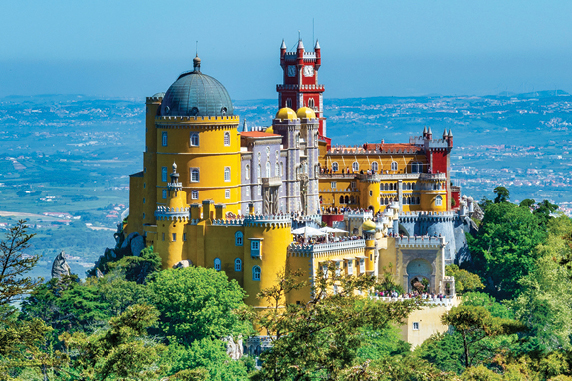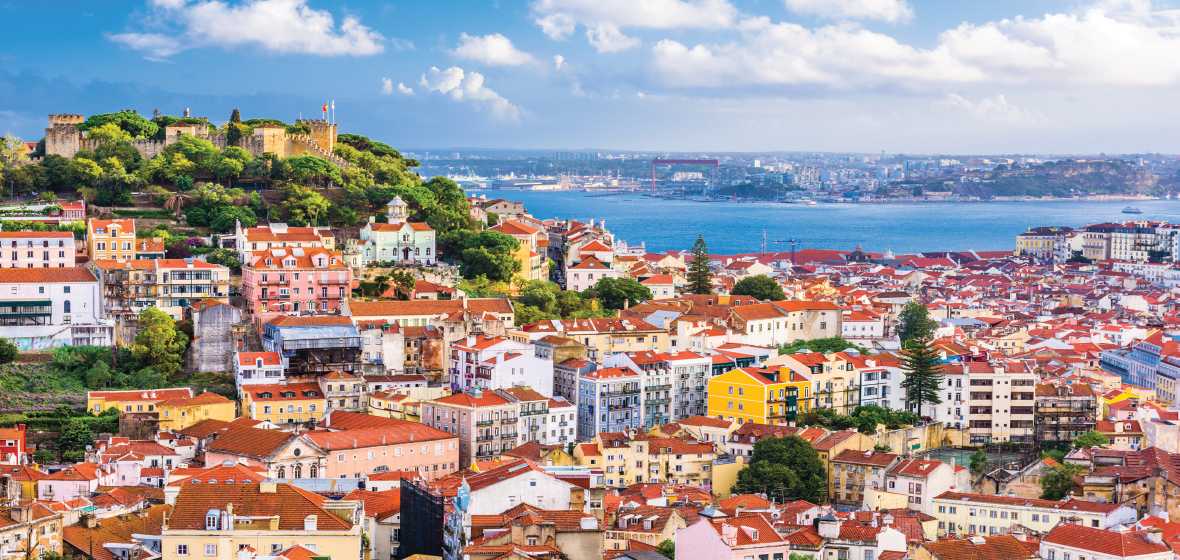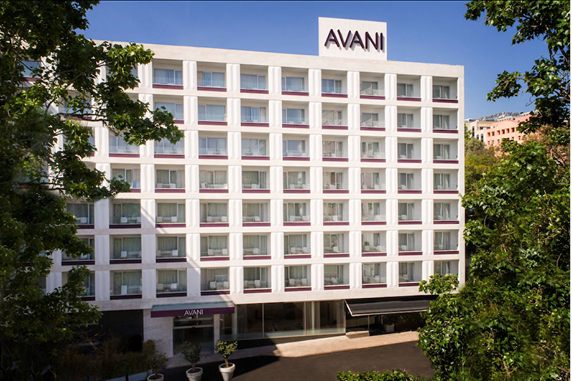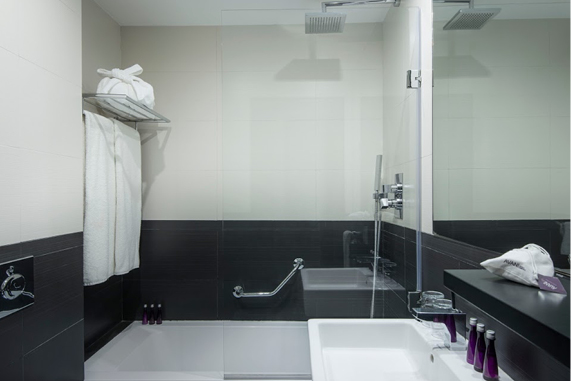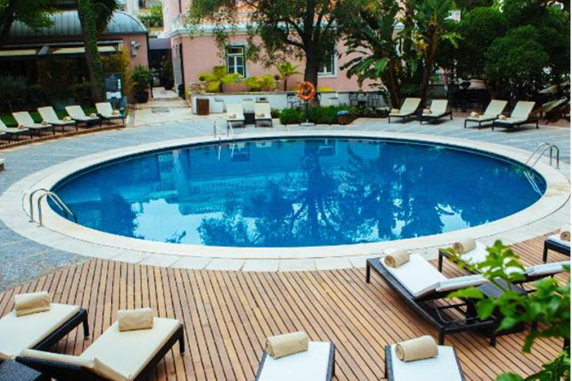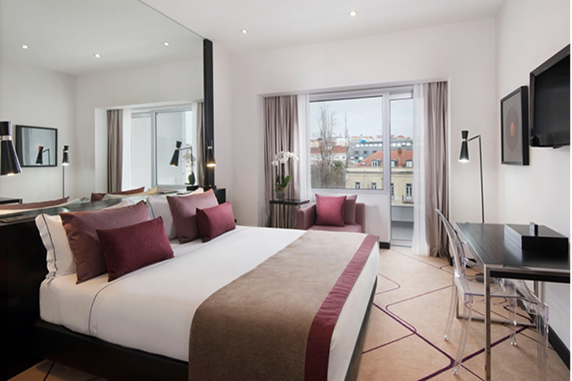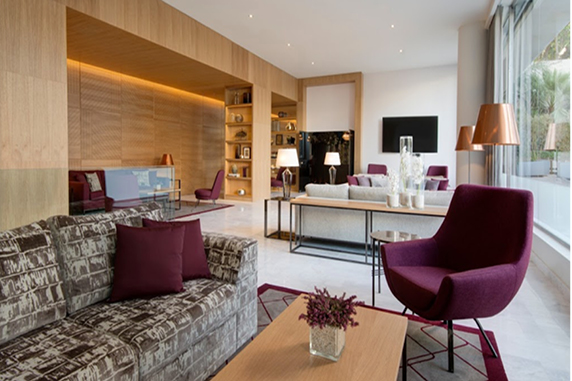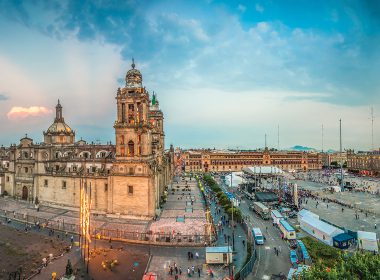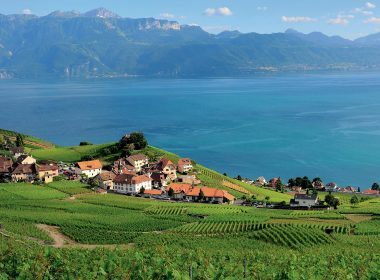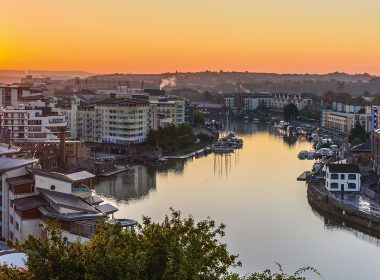Portugal might just be Europe’s best-kept secret. This compact nation boasts the best bits of many more expensive destinations: the rolling hills and vineyards of Tuscany, the cobblestone streets of Venice, red sunsets of Western Australia, and the pristine beaches of Maui. Its vibrant coastal capital, Lisbon, is a pastel-coloured melting pot of cultures, history and culinary delights.
EAT
The pride of Portuguese cuisine is fish: unsurprising when you consider its 1,000-kilometre Atlantic coastline and the fact that Portuguese people consume more seafood per capita than any other EU nation. The most ubiquitous fish is bacalhau (cod), usually barbecued whole in its skin alongside buttery boiled potatoes. Try it at one of Lisbon’s oldest restaurants, Restaurant Café Martinho da Arcada, which is the best place to people-watch as you dine outdoors on the edge of Lisbon’s iconic city square. Trendy Bairro do Avillez plates up freshly caught Portuguese lobster and shellfish with a modern twist. The Instagrammable black squid ink risotto is popular, but rich; the lobster rice offers a lighter option.
Looking for crunchy, lemony, cinnamon-dusted pasteis de nata (Portuguese tarts)? Join the throngs lining up outside Pastéis de Belém, where locals swear the original recipe was conceived in the 1800s. For a savoury alternative, head to Casa Portuguesa do Pastel de Bacalhau, where pasteis de bacalhau – fried balls of cod and potato – are served with expensive sheep’s cheese oozing from the centre.
Avoid snacking before the six-course degustation at Restaurante Feitoria. It’s one of just eight Michelin-starred restaurants in Lisbon, and the inventive menu includes sea urchins, octopus arancini, and even pigeon (don’t knock it till you try it), all paired with lip-smacking local wines by the restaurant’s affable sommelier.


DRINK
Rooftop bars are in vogue in Lisbon: a plethora of chic drinking holes have claimed their mark on the city skyline in recent years. The ritziest of these is Sky Bar, where the who’s-who of Lisbon sip cocktails from the luxe open top of Tivoli Avenida Liberdade hotel. Hotel Bairro Alto is another glorious afternoon sun trap. Meanwhile, Red Frog is the exact opposite: a dark and mysterious speakeasy with low-slung lights. Ring a doorbell (“press for cocktails”) to gain entry and be sure to try Los Mistérios – a margarita of sorts, served in a cactus-shaped glass.
Cerveza (beer) can be cheaper than bottled water in Lisbon. Sagres – named after a fishing town on Portugal’s southwest tip – is the oldest beer company in Portugal, and offers a crisp, easy-drinking lager that goes down like a serene sunset on hot Lisbon nights.
If you’re into wine, hire a car (and maybe a designated driver) for a jaunt to the idyllic Quinta de Sant’Ana vineyard, about 40 minutes inland from Lisbon. It is set in the hilly wine region of Mafra, with narrow cobblestone roads punctuating the landscape. This picturesque vineyard has been producing reds and whites since the 1800s and its workers still crush grapes the traditional way: with their feet, in a week-long stomping party during harvest.
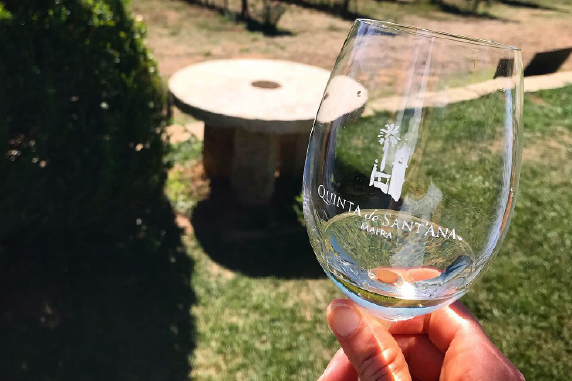
SEE
Snap your quintessential Lisbon Instagram shots from the foreshore of the Tagus River: looking back at Lisbon’s Praça do Comércio (central business district) and the impressive Rua Augusta Arch. This is where European explorers visiting Lisbon would disembark, and the 19th century stone archway still feels like the gateway to the nation. Today, you can go inside the arch (entry costs three euros), ascend the marble staircase and view the city square from the same panoramic spot that Portuguese soldiers would have stood on guard to defend their city walls.
Images of Lisbon often include the historic yellow trams that have rattled through the city’s steep, cobbled streets for decades. Tram 28 has one of the most iconic routes, through the labyrinthine alleys of the Alfama quarter. Alfama is a must-see: one of Lisbon’s oldest and most colourful districts, full of quaint tavernas and beautifully tiled buildings.
Cast your gaze uphill from almost anywhere in Lisbon and you’ll spot São Jorge Castle. It’s impossible to visit the city without being drawn to this majestic fortress. Entry costs 10 euros, and you’ll need a few hours to explore the 11 towers and savour the views from its bulwarks.

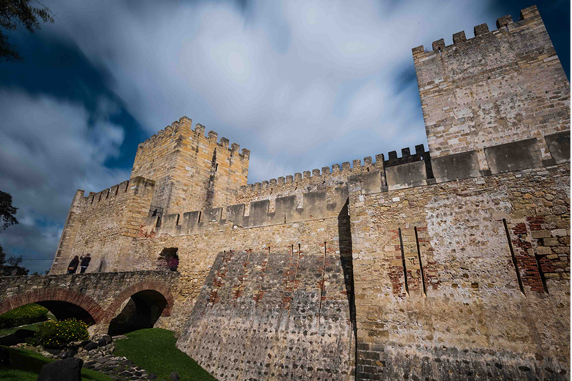
STAY
The upscale AVANI Avenida Liberdade Lisbon Hotel might be a mouthful to read out to your taxi driver (show them the address in writing if your Portuguese accent is not up to scratch), but fortunately it’s a breeze to find in central Lisbon. It’s just 15 minutes’ drive from the international airport, and a short stroll from the charming cobblestoned neighbourhoods of Bairro Alto, Príncipe Real and Chiado. These streets are teeming with buzzy restaurants and bars; handy for those looking for a dose of local culture washed down with a ginjinha (sour cherry liquor) in the evenings. Lisbon’s Praça do Comércio – the iconic city square on the riverbank – is just a 10-minute walk downhill.
The tree-lined boulevard in the hotel name – Avenida da Liberdade – has a reputation as being one of the most exclusive shopping streets in Europe. No better place for the luxury AVANI brand to debut its first hotel in Europe: smack bang between names like Cartier, Louis Vuitton and Gucci. The hotel opened in 2017 after a 1.5 million-euro upgrade to the former Tivoli Jardim Hotel. The new AVANI has a plush, modern feel, a massage centre operated by the awarded Anantara Spa brand and a 24-hour gym on the second floor.
The 119 rooms are comfortable and sophisticated. Importantly, they come decked out with the essentials of Portuguese comfort: a Nespresso coffee maker and welcome hamper featuring Portuguese tarts.
DAY TRIP
Just 25km north of Lisbon, dappled across the jagged hills of the Portuguese Riviera, lies one of Europe’s most alluring cities. The pastel-coloured Sintra is a UNESCO World Heritage Site and well worth the 30-minute drive or 40-minute train ride from Lisbon.
The journey itself offers jaw-dropping scenery on a route that climbs and winds through the lush hills of Sintra-Cascais Natural Park. If you choose to drive, prepare to slow to a crawl on the narrow bends when passing oncoming cars. Eventually, the hills open up for a stunning reveal of Sintra’s main square and the imposing National Palace, the best-preserved medieval royal palace in Portugal.
Sintra has been inhabited by various peoples through the centuries from Moors to Dutch explorers, French painters and British barons. There are enough castles left over from each unique era to spend a week exploring them all. The iconic yellow, red and white Palácio da Pena is the most popular. However, climbing the open-air turrets of the 10th-century Castle of the Moors feels the most exciting. Afterwards, find your Zen in the manicured gardens of Monserrate, a mansion that housed wealthy British lords through the early 20th century, that has been restored by the government and now feels like walking through a Disney storybook.
